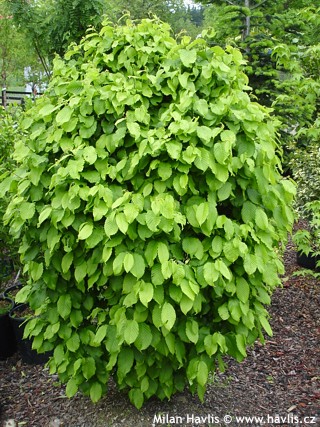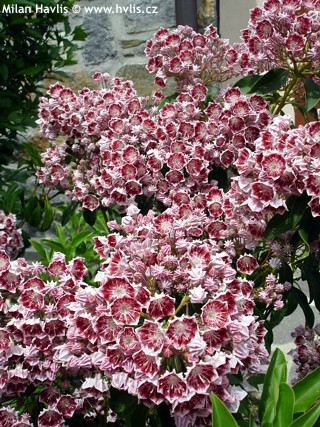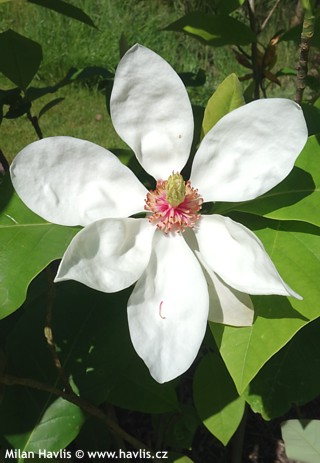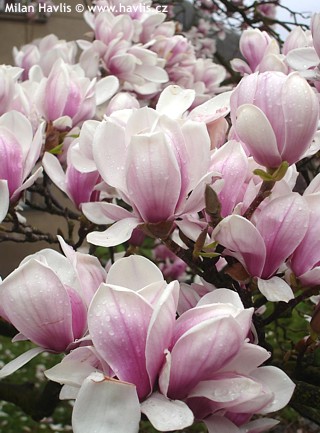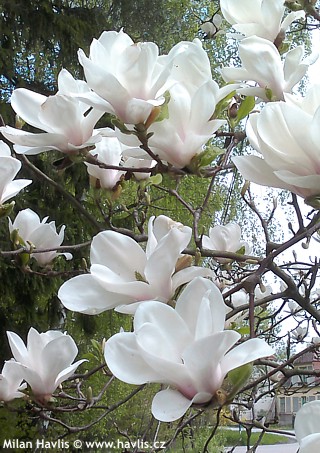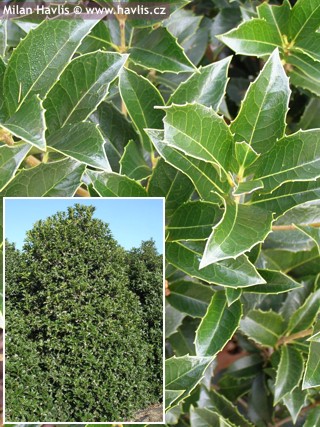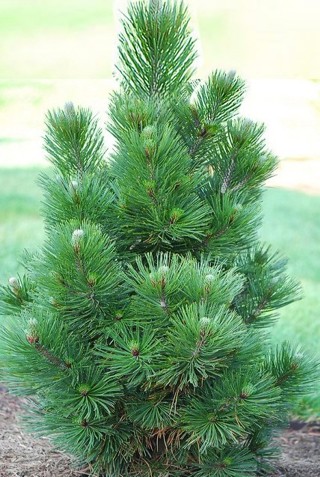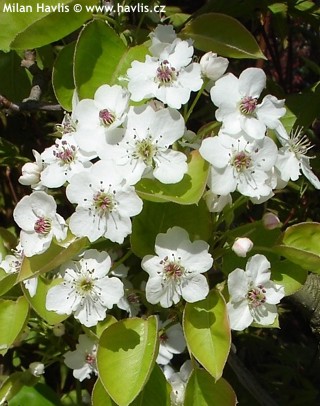CURRENTLY IN STOCK:
Monumentalis is a unique version of hornbeam with strictly conical shape and very slow growth rate. Leaves are bright green and cover the whole of the plant. Even after they fall the tree remains very attractive with its regularly growing branches making a bonsai appearance. No pruning or trimming r ...

1 - 3m

1 - 1,5m

full to partial sun

4 (down to -34°C)

for zone 5+6

for zone 7
This giant dogwood has another name which, in my opinion, characterizes the plant much better = wedding cake tree. Looking at the habit of the more commonly grown cultivar Variegata one knows exactly what it means. This beauty can easily become a show-stopping specimen in a garden of literally any s ...

IV - V

3 - 5m

2 - 3m

full sun

5 (down to -29°C)

for zone 5+6

for zone 7
Bull's Eye is a favourite mountain laurel variety from times when it was difficult to get any other. This one has rich burgundy red colour on white background and white-ish buds. Flowering is abundant and reliable. It grows wider than tall, like a rhododendron.
There are many cultivars combining a ...

VI - VI

0,5 - 1,5m

0,5 - 1m

full to partial sun

4 (down to -34°C)

for zone 5+6

for zone 7
Among deciduous magnolias there are varieties that bloom later than most of the Asian ones. This selection named Charles Coates originated in England in Kew, famous for its Kew Gardens, by crossing m.sieboldii and m.tripetala.It makes leaves first, and only at the end of spring it shows a magnificen ...

V - VI

3 - 5m

1,5 - 2,5m

full to partial sun

5b (down to -27°C)

for zone 5+6

for zone 7
It was in 1826 when the very first bloom of this famous saucer magnolia came into the world. It was bred by French botanist Etienne Soulange-Bodin who 6 years before that success made a cross between m.denudata and m.liliflora. It blooms on bare branches with beautifully scented, goblet- or saucer ...

IV - V

4 - 8m

semi-shade / partial sun

5 (down to -29°C)

for zone 5+6

for zone 7
If you are a magnolia lover who still has some space in the garden which is a rare combination, have a look at this immense beauty in white named Alba Superba. It is a reliable and hardy variety of saucer magnolia. If the weather is nice, from mid April (in zone 6) begins to open its profusion of me ...

IV - V

4 - 6m

3 - 4m

full to partial sun

5 (down to -29°C)

for zone 5+6

for zone 7
Fortune's osmanthus is a cross between o.heterophyllus (small, very spiny leaves) and o.fragrans (large, entire leaves). It was first brought from Japan to Europe to Holland Philipp Franz von Siebold in 1856. Over the years its name has developed from osmanthus aquifolium to o.aquifolium var.latifo ...

X - XI

1,5 - 3m

1,5 - 2,5m

full to partial sun

6b (down to -21°C)

for zone 5+6

for zone 7
Pine trees are superb trees which grow in a wide climate scale - from cold northern countries to hot coastal sites. They are probably most beautiful in their natural environment.
Satellit is a narrowly columnar variety of Bosnian pine. Thanks to slow growth and limited size it is suitable for smal ...

3 - 6m

1 - 1,5m

full sun

5 (down to -29°C)

for zone 5+6

for zone 7
Callery pear is a flowering (ornamental) pear tree which is cultivated for its profuse flowering in April. The tree produces a huge quantity of snow white flowers followed by small, almost spherical fruit that is edible but not too tasty.
Chanticleer is a famous variety of narrowly conical habit. I ...

IV - V

8 - 13m

4 - 6m

full sun

5 (down to -29°C)

for zone 5+6

for zone 7
Michel Buchner and with Charles Joly are probably the most common lilac varieties in the Czech Republic. The flower colour of Michel Buchner is a bit difficult to describe – something between lilac pink, light violet, and mauve. Individual flowers are double and form a dense, erect panicle. Li ...

V - V

2 - 4m

2 - 3m

full to partial sun

3 (down to -40°C)

for zone 5+6

for zone 7












